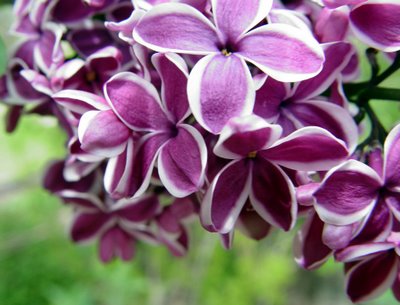Early spring is a time for planning gardens. . .
A time to figure out what to plant, to get the sprinkler system working, and to amend the soil.
It's the time of the year for trinket pieces from the dollar store because your heart and soul crave color!
It's the time for planting seedlings in small trays in the garden shed or greenhouse as you await warmer days and nights free from frost.
And it is a time to think about all those delicious foods you'll be eating in the summer when the harvest begins! Heirloom tomatoes are at the top of my list. What's at the top of yours?
I'm waiting for spring! And for some fun days of plant shopping with Karleen. Hurry up, spring!
To everything -- a season, and a time to every delight under the heavens...
Ecclesiastes 3:1







